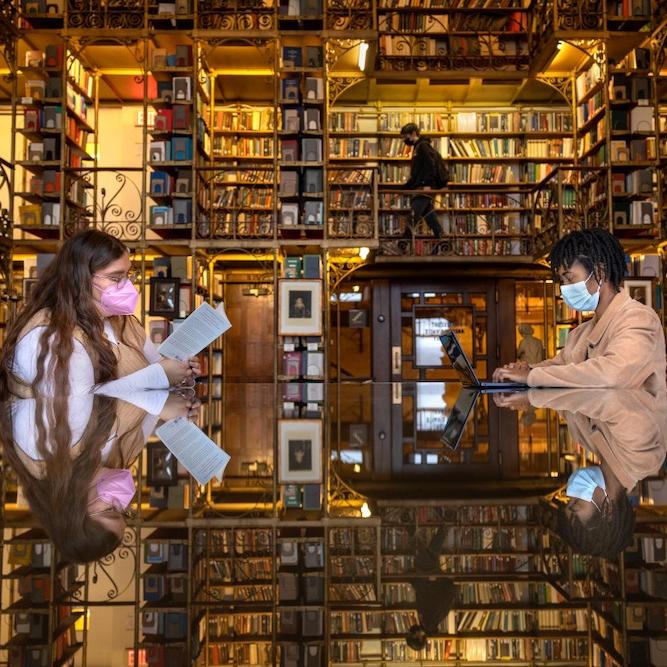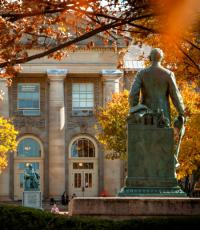
 Department Homepage
Department Homepage
 Department Homepage
The College of Arts & Sciences
Department Homepage
The College of Arts & Sciences
New volume offers a wider view of Africa
Editors document the contributions African people have made to the world without romanticizing the difficult conditions in which many people on the African continent live.



